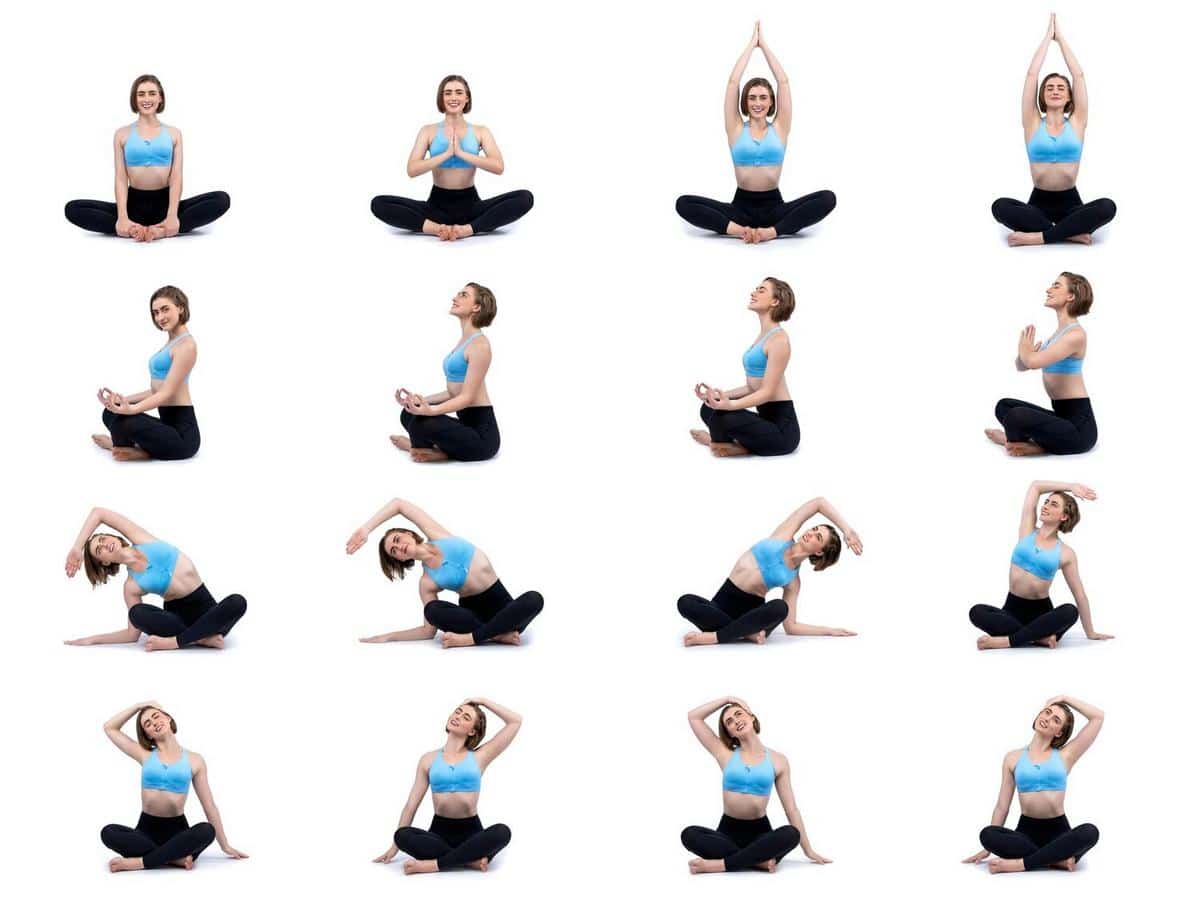
The Benefits of Yoga for Flexibility and Relaxation
Yoga, an ancient practice that combines physical postures, breathing exercises, and meditation, offers a multitude of benefits, particularly in enhancing flexibility and promoting relaxation.
Understanding the Essence of Yoga
Yoga is more than just a series of poses. It’s a holistic practice that connects the mind, body, and spirit. This connection is pivotal in achieving flexibility and relaxation, which are essential components of overall well-being.
Expert Insights
According to renowned yoga instructor Adriene Mishler, “Yoga is not about touching your toes; it’s about what you learn on the way down.” This perspective highlights the journey of self-discovery and improvement that yoga encourages.
Research Findings
Studies have shown that regular yoga practice can significantly increase flexibility. A study from the International Journal of Yoga found that participants who practiced yoga for eight weeks showed a marked improvement in their flexibility and balance.
Personal Experiences
Consider the story of Michael, who turned to yoga to improve his flexibility and manage stress. Over time, he found not just physical benefits but also a sense of calm and relaxation that permeated his daily life.
Why Flexibility Matters
Flexibility is crucial for maintaining a range of motion in the joints, reducing the risk of injury, and improving physical performance. It also aids in reducing muscle tension and soreness.
| Yoga Pose | Target Area | Benefit |
|---|---|---|
| Downward Dog | Hamstrings, Calves | Improves flexibility |
| Cobra Pose | Spine, Chest | Enhances spinal flexibility |
| Warrior Pose | Legs, Hips | Increases leg flexibility |
| Child’s Pose | Back, Shoulders | Relieves tension |
| Pigeon Pose | Hips | Opens hip flexors |
| Triangle Pose | Legs, Hips | Stretches and strengthens |
| Bridge Pose | Back, Glutes | Enhances back flexibility |
| Half Moon Pose | Core, Legs | Improves balance |
Yoga for Relaxation
Yoga’s emphasis on deep breathing and mindfulness naturally leads to relaxation. When combined with poses, these techniques help lower cortisol levels, the body’s primary stress hormone, promoting a sense of calm.
Incorporate a few minutes of mindful breathing before bedtime to enhance relaxation and improve sleep quality.
Actionable Tips for Beginners
- Start with a beginner-friendly class to learn the basics of yoga.
- Practice consistently, even if it’s just for 10-15 minutes a day.
- Listen to your body and avoid pushing yourself too hard.
- Focus on your breath and stay present in each pose.
External Resources
For more information on yoga practices, you can visit Yoga Journal and Yoga Alliance.
Frequently Asked Questions
Is yoga suitable for all ages?
Yes, yoga can be adapted for people of all ages and fitness levels.
How often should I practice yoga?
Consistency is key. Aim for at least three times a week for optimal benefits.
Can yoga help with stress management?
Yes, yoga promotes relaxation through mindfulness and deep breathing techniques.
Conclusion
Yoga offers a pathway to improved flexibility and relaxation, enhancing both physical and mental health. By incorporating yoga into your routine, you can experience these transformative benefits firsthand. Whether you’re seeking to improve your flexibility or find a moment of peace in your day, yoga provides a supportive and nurturing environment to achieve your wellness goals.


